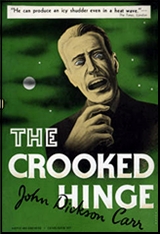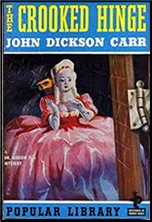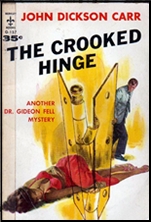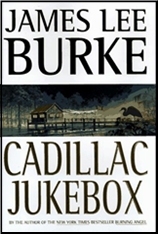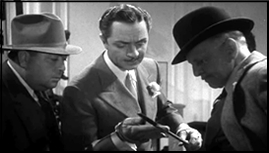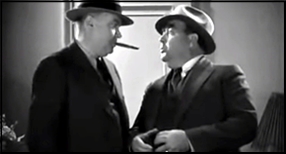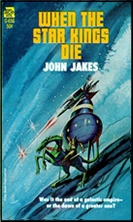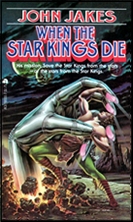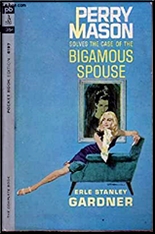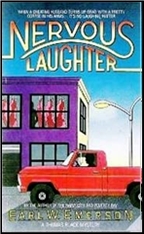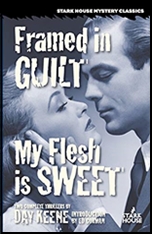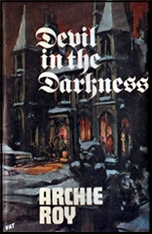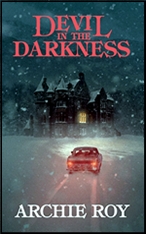Mon 21 Nov 2022
A Mystery Review by Tony Baer: ROSS THOMAS – Chinaman’s Chance.
Posted by Steve under Reviews[4] Comments
ROSS THOMAS – Chinaman’s Chance. Arthur Case Wu & Quincy Durrant #1. Simon & Schuster, hardcover, 1978. Avon, paperback, 1979. Mysterious Press, paperback, 1988.

A few years ago some dude named Malcolm Jones (who I’ve never heard of) shared his top ten list of crime novels. All the ones I’d already read were great, lending the list some credibility. The ones I hadn’t have been great too. Chinaman’s Chance made the grade. So I was impelled to try it out.
A ramshackle ramble by the seat of its pants, the story is an entertainment. A wonderful entertainment. And of perhaps all the novels I’ve ever read, it deserves that moniker. It strives to be nothing other than entertainment. And it succeeds. Wonderfully and wonderfully vacuous.
There are so many plot threads that it will be hard to relay them in linear, straightforward fashion. God knows that Thomas didn’t try to do it. And yet it is the multiple perspectives and slowly eked out details that makes the damn thing so tantalizing, anticipated and delicious.
I’ve read that Woody Allen only gives his actors their own lines to remember and they have no idea how the whole script fits together. That’s the feeling you get from the characters here. No one has the whole picture. Everyone has just a little piece. And the story reveals itself like a picture puzzle put together, piece by piece, before your eyes. But this picture puzzle you bought came in a blank cardboard box. So you have no idea ahead of time how the thing is supposed to look.
In fact I’d be surprised if Thomas knew ahead of time how it all was going to fit together. If he did, and outlined it all ahead of writing it, then he’s a freaking genius. If not, then he’s really really lucky. Because all of the pieces in this 5000 piece puzzle fit. Even though it seems like he’s manufacturing the puzzle pieces right before your very eyes.
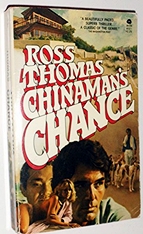
But hey. I’ll have a try at linear summary.
Artie Wu and Quincy Durant are soldiers of fortune. Back when the Vietnam war was petering out, there was money to be made. An associate of theirs at the US Embassy, Reginald Simms, was given orders to burn the 12 million in U.S. currency on hand. He burned 10 million of it.
The other two mil? Simms and his college roommate, a major mafia figure, ‘buy’ the political machinery of the small broken down coastal town of Pelican Bay in Southern California.
The dream? To build a red-light district version of Epcot Center: “[S]in without sorrow and thrills without danger…. You can go from Paris to Berlin…. to Singapore to Hong Kong to Marseilles to London’s Limehouse to San Francisco to New Orleans to New York to wherever you have ever dreamed of going. It will all be within this four block square area, and whatever you have dreamed of finding in those places you will find here — carefully sterilized for safe consumption…. People don’t want the real thing… because the real thing has bad breath, and sweaty armpits, and sometimes steals your wallet and makes you hurt when you pee. What people want is vice and sin that look the way they look in the movies — and that’s exactly what we intend to give them.â€
So what’s wrong with it? Well maybe nothing in principle. But the devil’s in the details. And whether the end justifies the means.
Part of the means involved screwing over Artie Wu and Quincy Durant back in Vietnam. Including getting Durant’s fiancé murdered by the Viet Cong.
And part of cleaning out the old Pelican Bay political machinery involves killing a Congressman opposed to graft. And the Congressman’s wife. And the Congressman’s mistress.
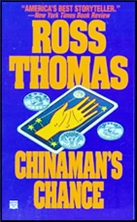
So that’s basically the story. It’s about Artie Wu and Quincy Durant seeking vengeance and a cool $2 million coming up against the mob.
It’s supremely entertaining. And another thing that surprised me is how Tarantinoesque the thing is. And it predates Tarantino by more than a decade. So the phrase shouldn’t be Tarantinoesque. Tarantino is being RossThomaseque. It’s all there: the combination of brutal violence and slapstick comedy.
There are a number of great scenes so it’s hard to pick one to illustrate the point. But my favorite involves a couple of hitmen who’ve taken their target in a Winnebago, intending to throw him off a cliff near Pepperdine University. They lecture the murderee on having made bad career choices. Then they are distracted as it dawns on them that Pepperdine’s campus appears in The Six Million Dollar Man! The murderee leverages their distraction by grabbing a can of gasoline and setting them on fire while the Winnebago flies off a cliff.
So yeah. It’s like that. And if it sounds like your bag, give it a read. It’s a great movie to watch in the theater of your mind. Grab the popcorn.
